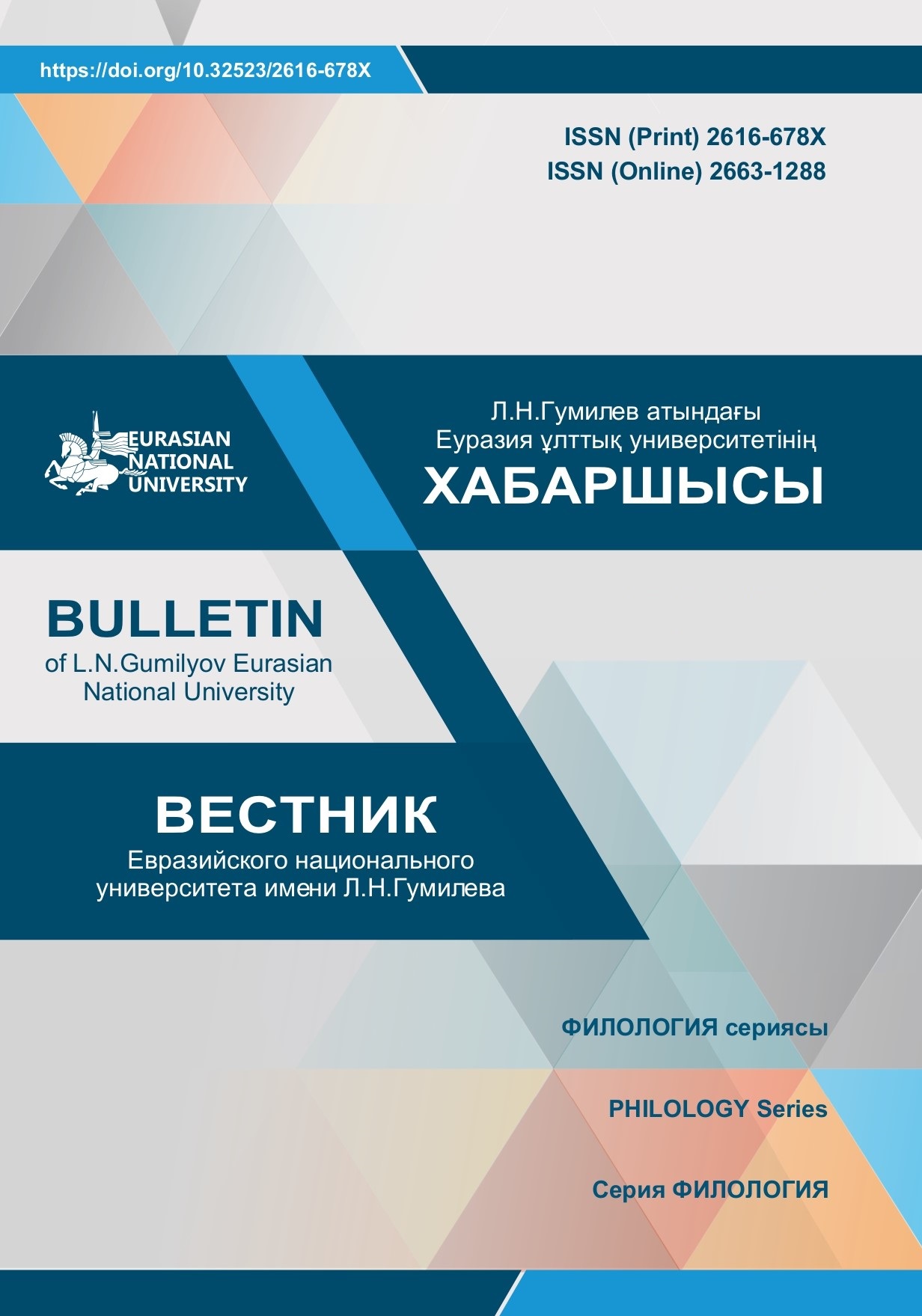Effectiveness of using translated cartoons in teaching
Views: 246 / PDF downloads: 183
Keywords:
translation, cartoons, influence of audiovisual information, learning a language, cultural translation, transformations, vocabulary acquisitionAbstract
Cartoons have reached a peak of popularity and have a significant impression on young people over the world.
Children's cartoon translations take into account factors as cultural adaptability, the possibility of learning a foreign language, and the psychological impact on children. During the analysis of the translation of the Kazakh fairy tale, it is possible to consider at what level the above factors are taken into account. Our goal is to broaden students' worldviews about the environment and their vocabulary, which includes both foreign and native words. To identify the level of impact on children in teaching and learning foreign languages, we have conducted a survey and analyzed Kazakh cartoons translated into English. Thus, we could mention the differences in cultural identity between the original and translated texts and adaptation to English-speaking children. Furthermore, research has shown that the majority of children nowadays learn foreign languages through cartoons. Thus, translating cartoons is an important part of children's education.







